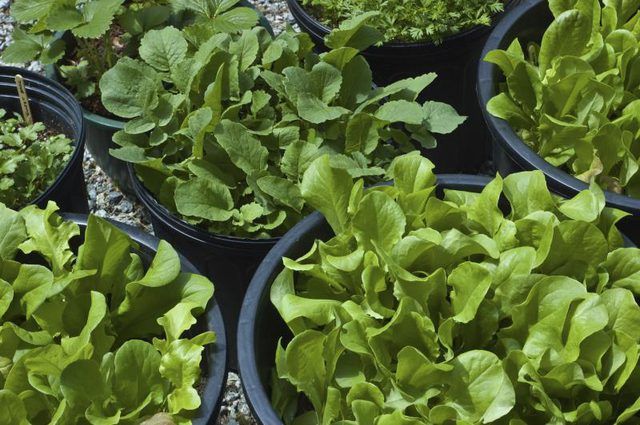Bulbs
Flower Basics
Flower Beds & Specialty Gardens
Flower Garden
Garden Furniture
Garden Gnomes
Garden Seeds
Garden Sheds
Garden Statues
Garden Tools & Supplies
Gardening Basics
Green & Organic
Groundcovers & Vines
Growing Annuals
Growing Basil
Growing Beans
Growing Berries
Growing Blueberries
Growing Cactus
Growing Corn
Growing Cotton
Growing Edibles
Growing Flowers
Growing Garlic
Growing Grapes
Growing Grass
Growing Herbs
Growing Jasmine
Growing Mint
Growing Mushrooms
Orchids
Growing Peanuts
Growing Perennials
Growing Plants
Growing Rosemary
Growing Roses
Growing Strawberries
Growing Sunflowers
Growing Thyme
Growing Tomatoes
Growing Tulips
Growing Vegetables
Herb Basics
Herb Garden
Indoor Growing
Landscaping Basics
Landscaping Patios
Landscaping Plants
Landscaping Shrubs
Landscaping Trees
Landscaping Walks & Pathways
Lawn Basics
Lawn Maintenance
Lawn Mowers
Lawn Ornaments
Lawn Planting
Lawn Tools
Outdoor Growing
Overall Landscape Planning
Pests, Weeds & Problems
Plant Basics
Rock Garden
Rose Garden
Shrubs
Soil
Specialty Gardens
Trees
Vegetable Garden
Yard Maintenance
How to Grow Lettuce in a Container
How to Grow Lettuce in a Container. Lettuce (Lactuca sativa) grown at home tastes better than lettuce from the grocery store. You don't need a big backyard to grow salad-worthy lettuce. All varieties of lettuce, including looseleaf lettuce or head lettuce like butterhead or Romaine, can thrive in a space-saving container on a sunny porch or patio.

Lettuce (Lactuca sativa) grown at home tastes better than lettuce from the grocery store. You don't need a big backyard to grow salad-worthy lettuce. All varieties of lettuce, including looseleaf lettuce or head lettuce like butterhead or Romaine, can thrive in a space-saving container on a sunny porch or patio.
Choose a Container
All varieties of lettuce have shallow root networks. While they don't need very deep soil, they do best in wide, traylike containers. The ideal pot or box for lettuce should measure a minimum of 18 inches wide, 6 to 12 inches deep and have drainage holes at the bottom. Non-porous pots, such as those made out of plastic, retain soil moisture longer than porous pots, such as clay or terra cotta pots.
Add Potting Mix
Although lettuce can grow in a variety of potting mixes, use a soil mix instead of a soilless mix, if possible. Soil mixes, which combine pasteurized soil with organic matter, like compost or peat moss, retain moisture better than soilless mixes. This may be helpful when container gardening since pots can dry out quickly.
Whatever the type of potting mix, add a slow-release, balanced fertilizer, such as a 14-14-14 fertilizer. Use 1/2 tablespoon of 14-14-14 for every 1 gallon of potting mix. Stir it thoroughly throughout the planting medium and fill the pot with the fertilized mix.
Plant the Lettuce
Lettuce grows best when temperatures hover between 45 and 65 degrees Fahrenheit. Once outdoor temperatures stay within this range, plant the lettuce. When planting seeds, sow them approximately 3 to 4 inches apart and buried under just 1/4 inch of potting soil. Space container-grown lettuce more densely than if you were planting it in the ground.
For a jump-start on the growing season, consider buying lettuce seedlings. Most garden stores and nurseries sell young lettuce plants in seedling trays or individual pots. Gently remove each seedling from its original pot, and bury its root mass in the new container at the same depth that the plant was originally buried.
Placement and Care
Place the pot in a sunny spot that gets five to six hours of direct sun every day. Water the container as soon as the top 1 to 2 inches of potting mix feel dry, using enough water that moisture flows from the pot's bottom drainage holes. Because pots are exposed to the sun and wind on all sides, the soil may dry out faster than you expect. The lettuce may fail if you let it dry out too much, so monitor soil moisture carefully.
Harvesting
Start harvesting lettuce as soon as the plants are a few inches tall. Both head-forming lettuce and looseleaf lettuce can be picked constantly, pinching off the outer leaves and leaving behind the inner leaves. The plants will continuously grow, allowing multiple harvests throughout the growing season.
Rinse the harvested leaves under cold, running water before enjoying the fruits of your labor.